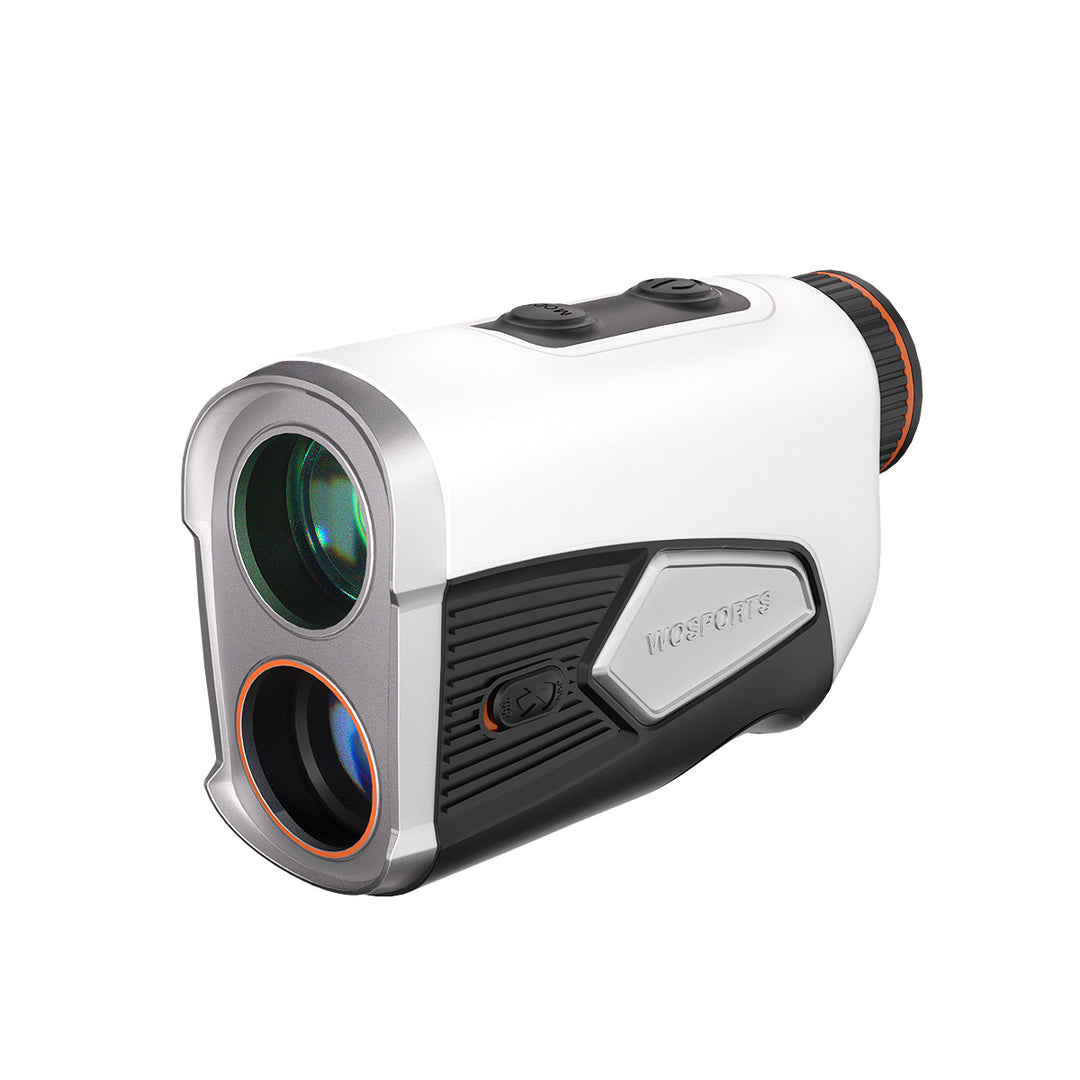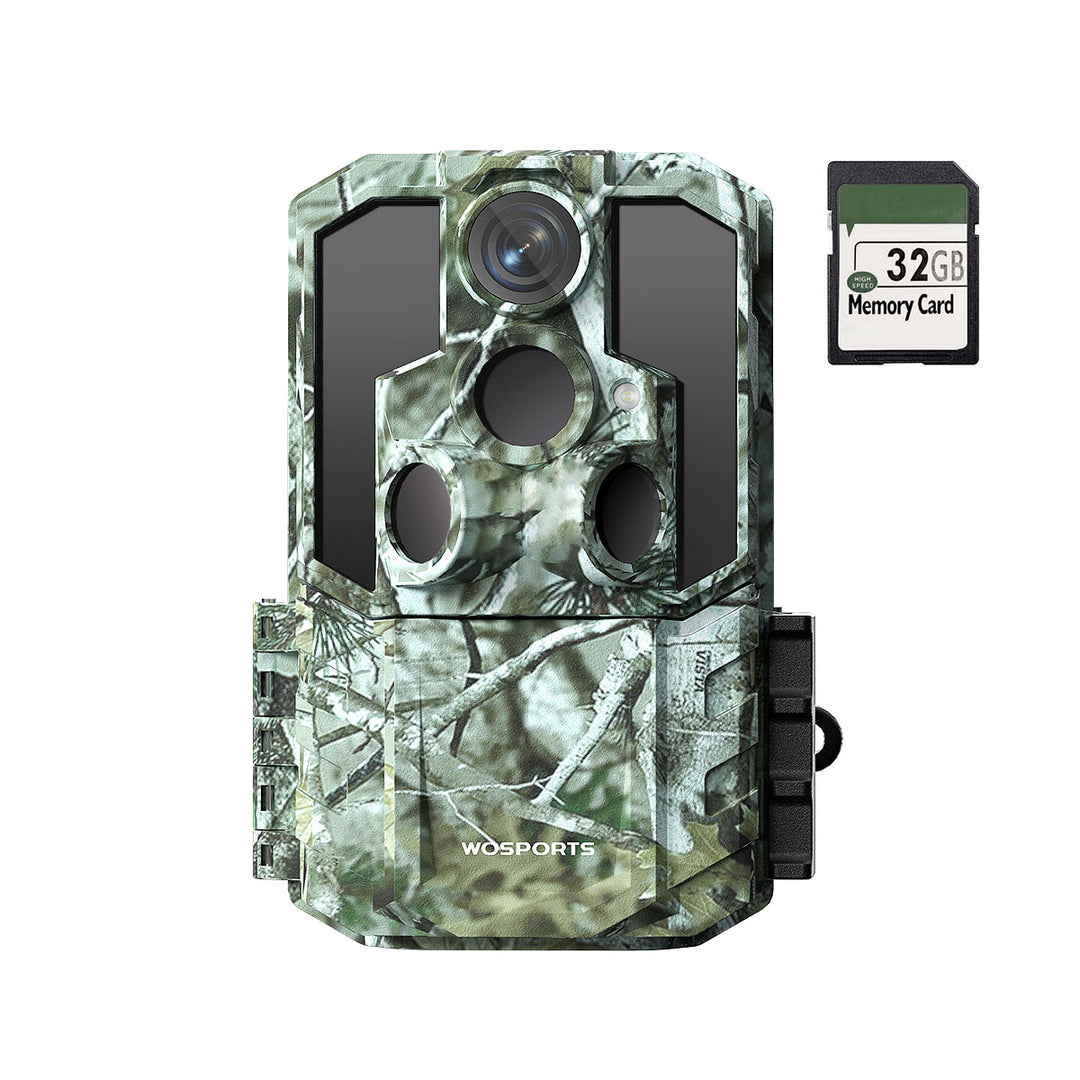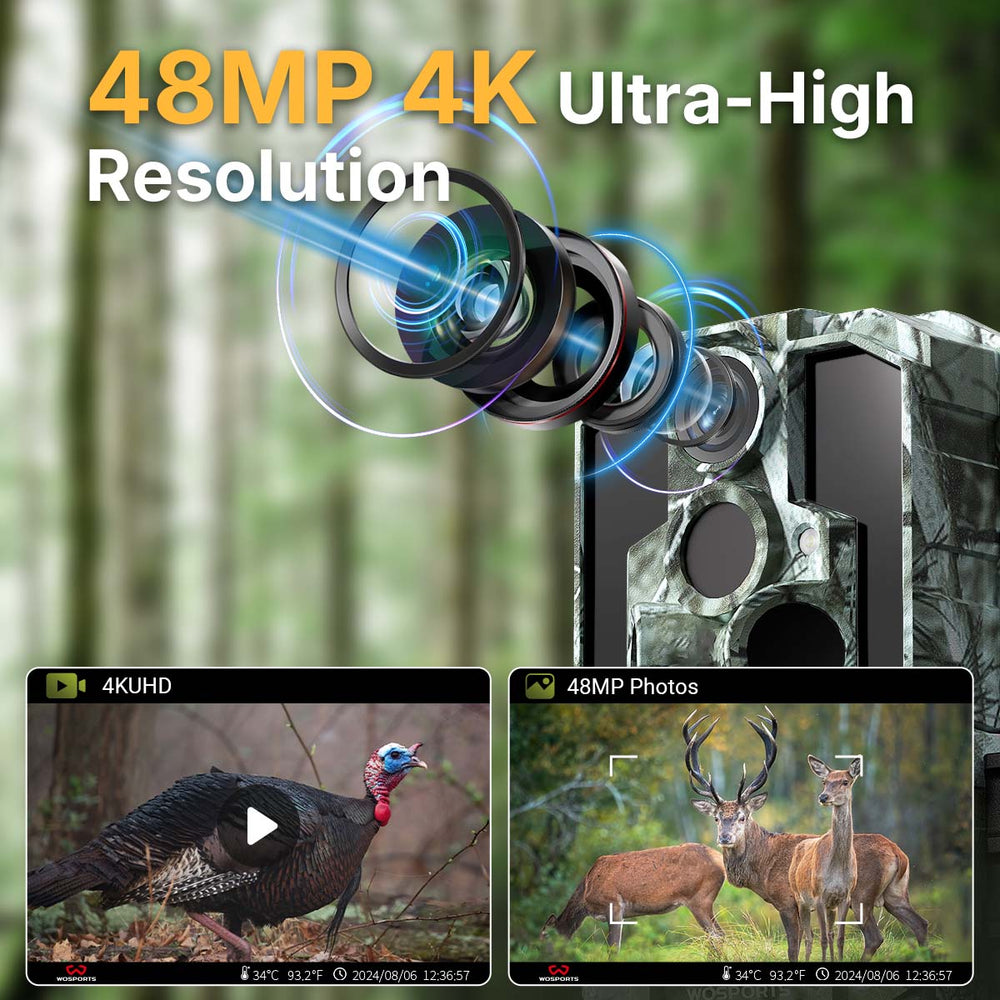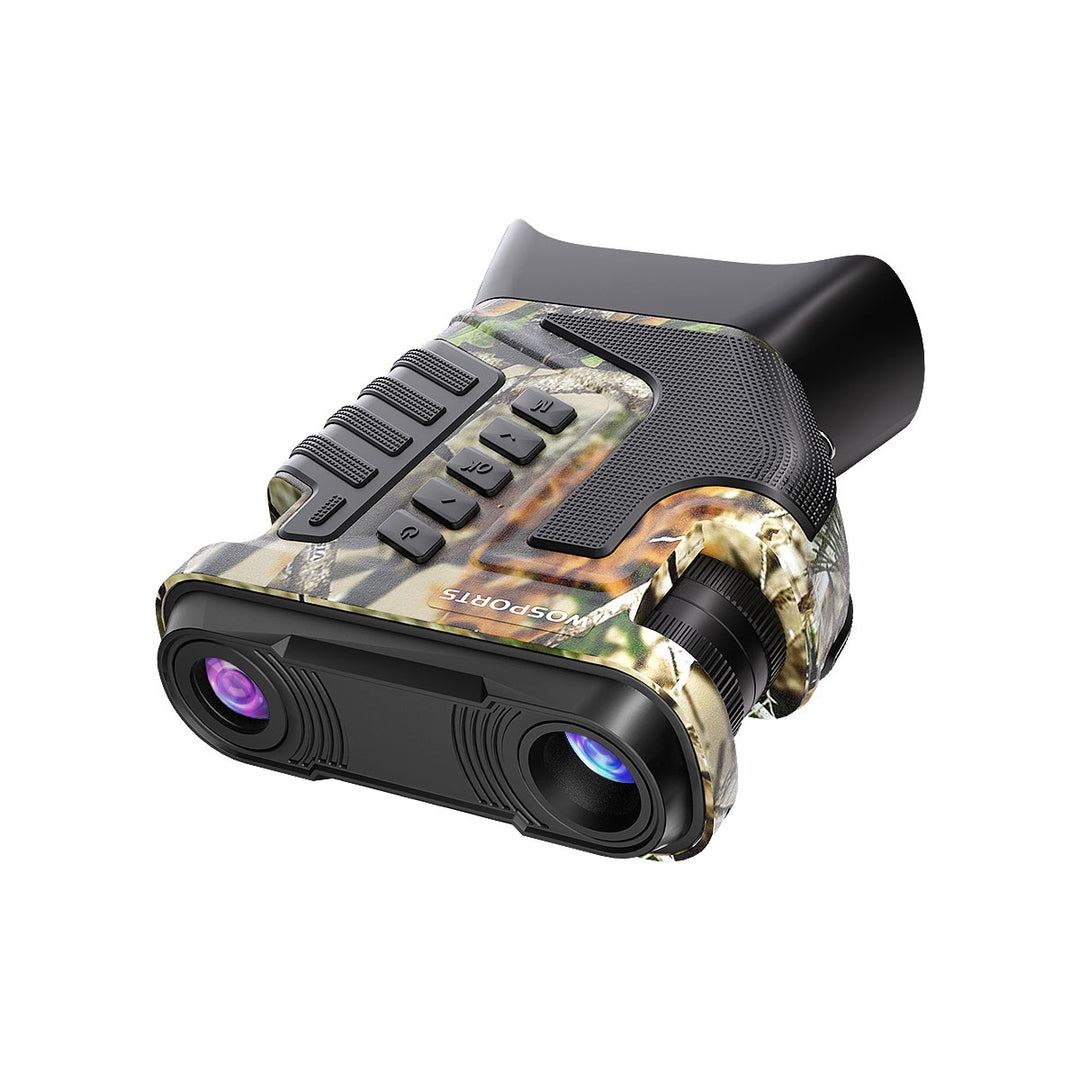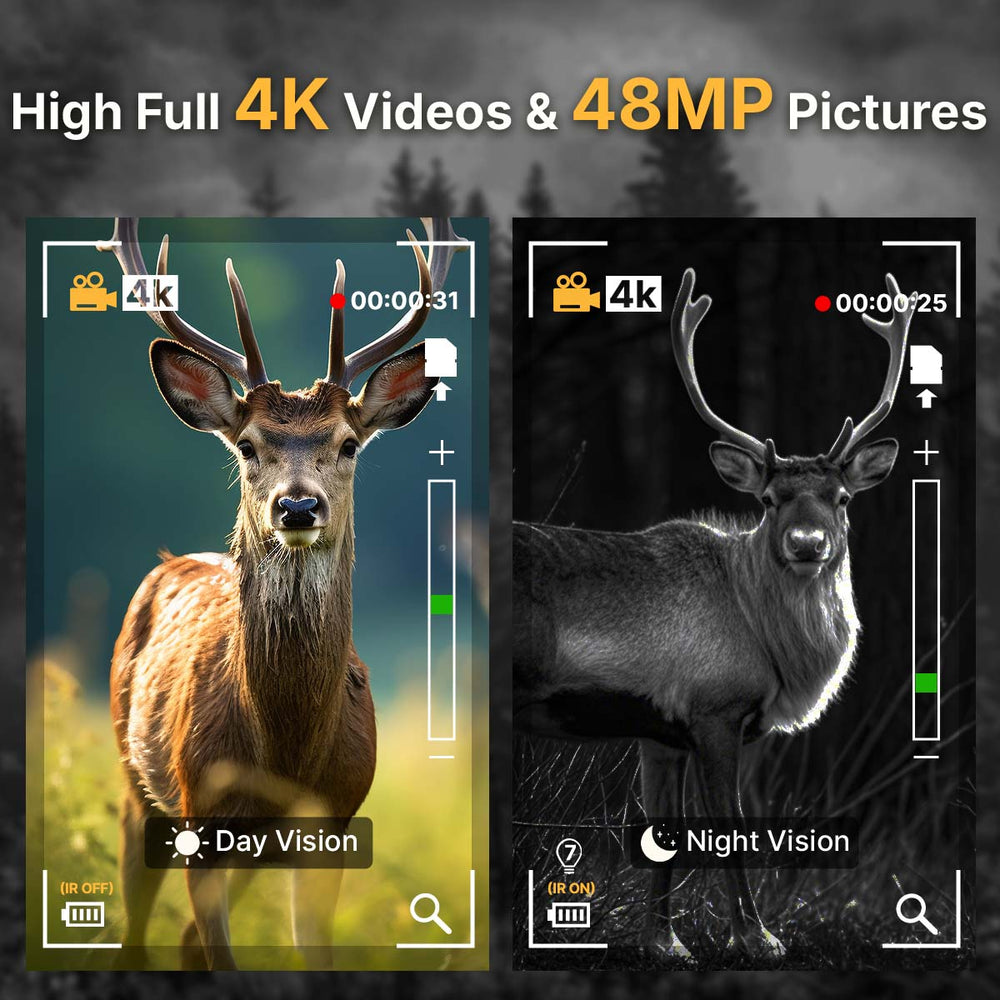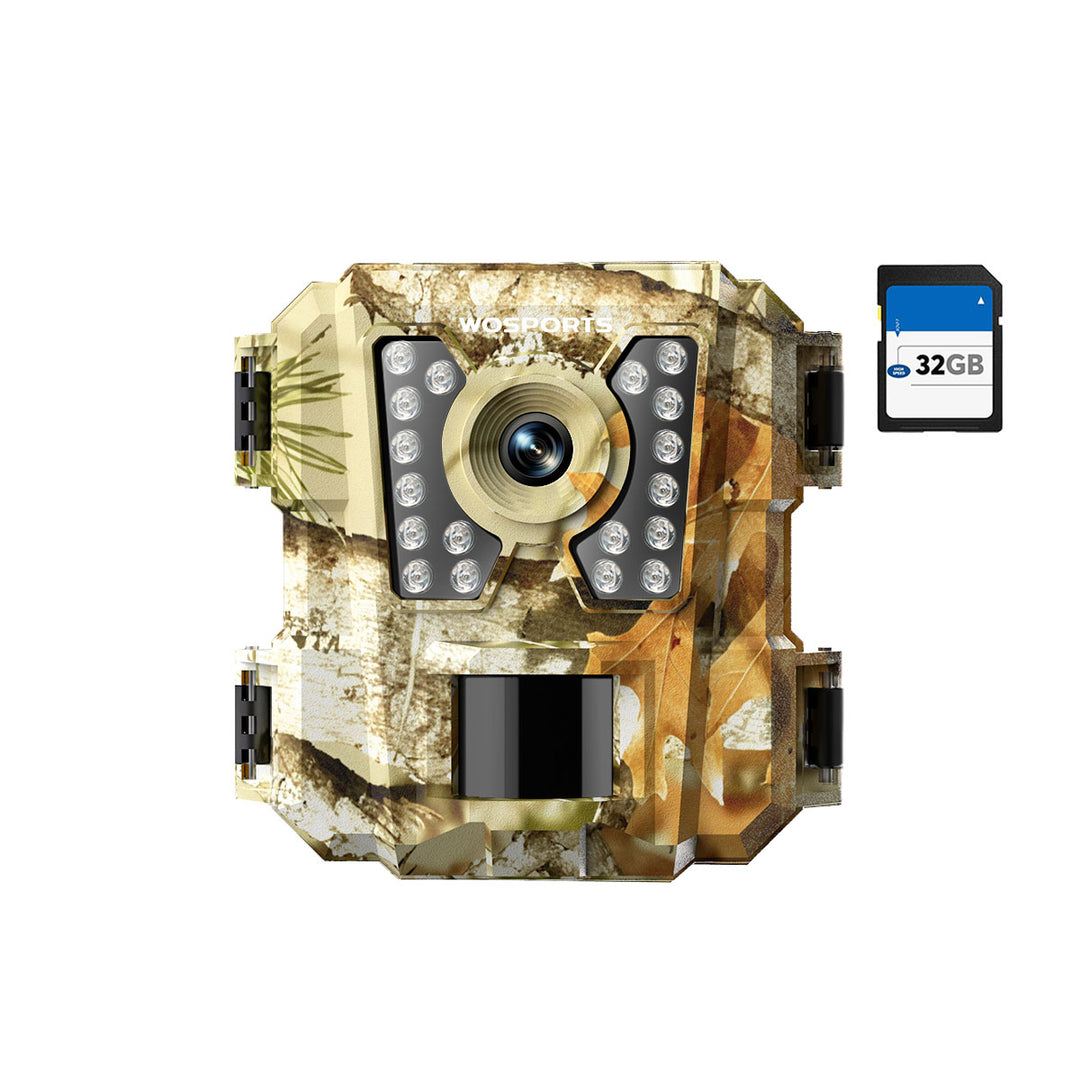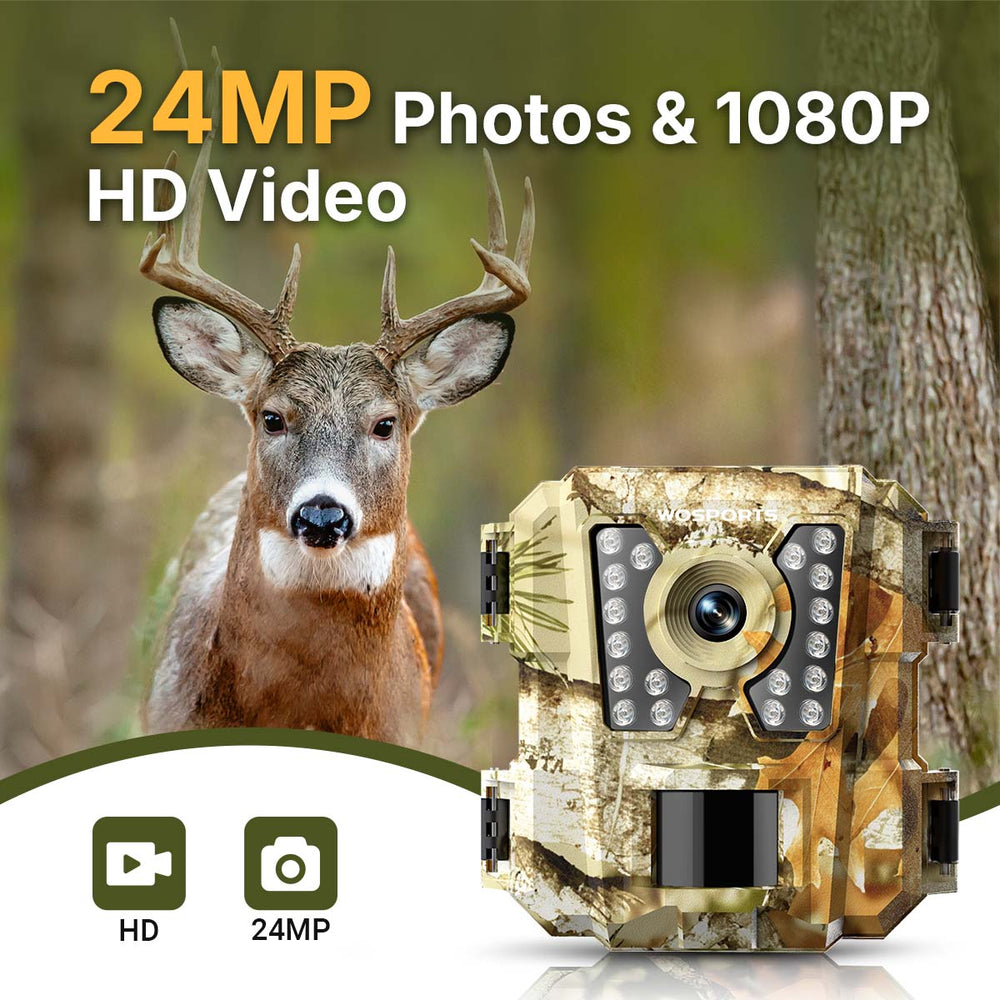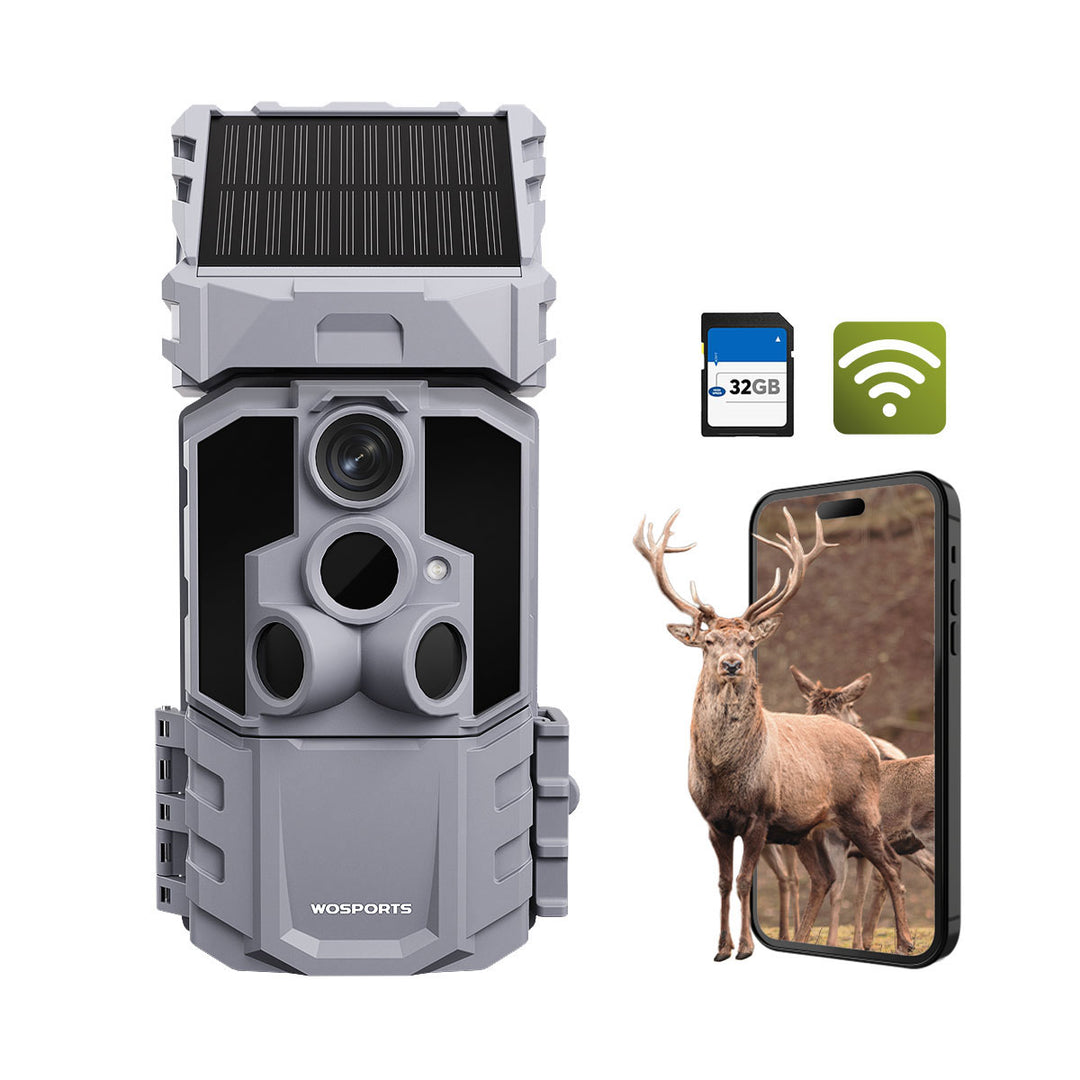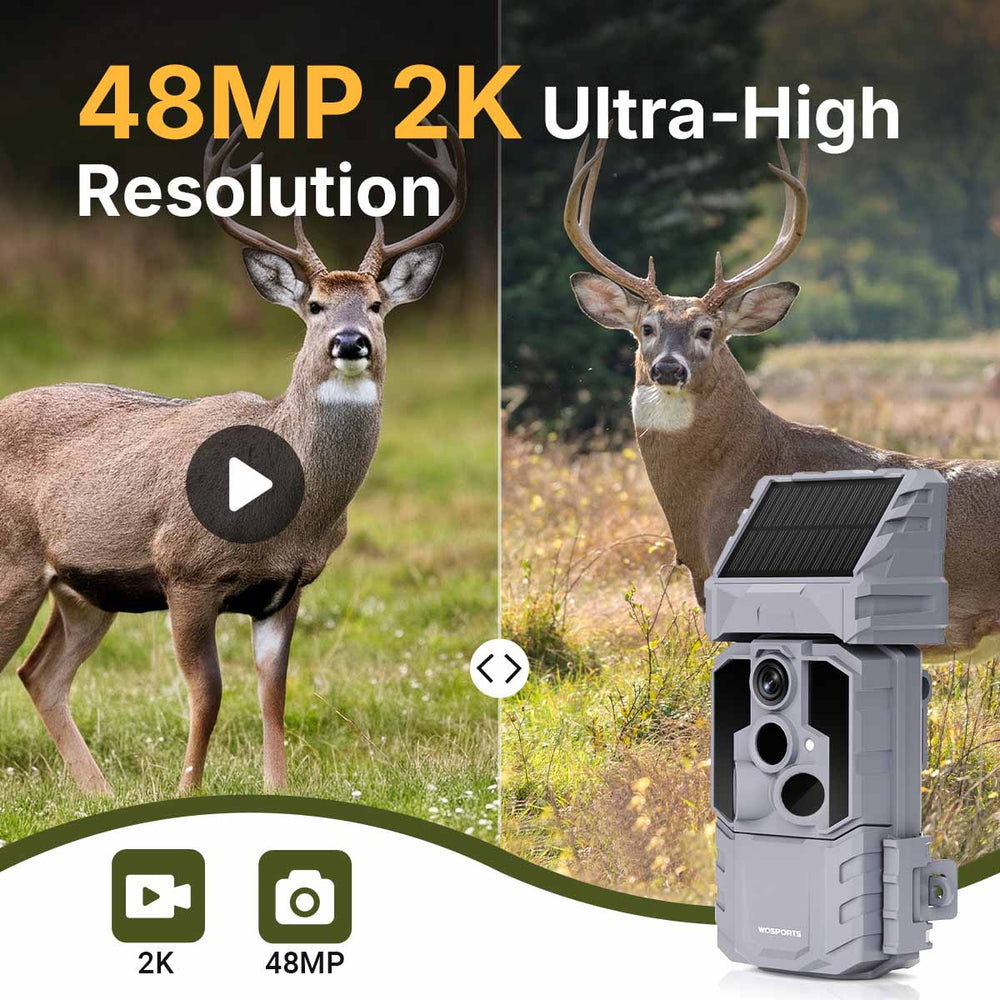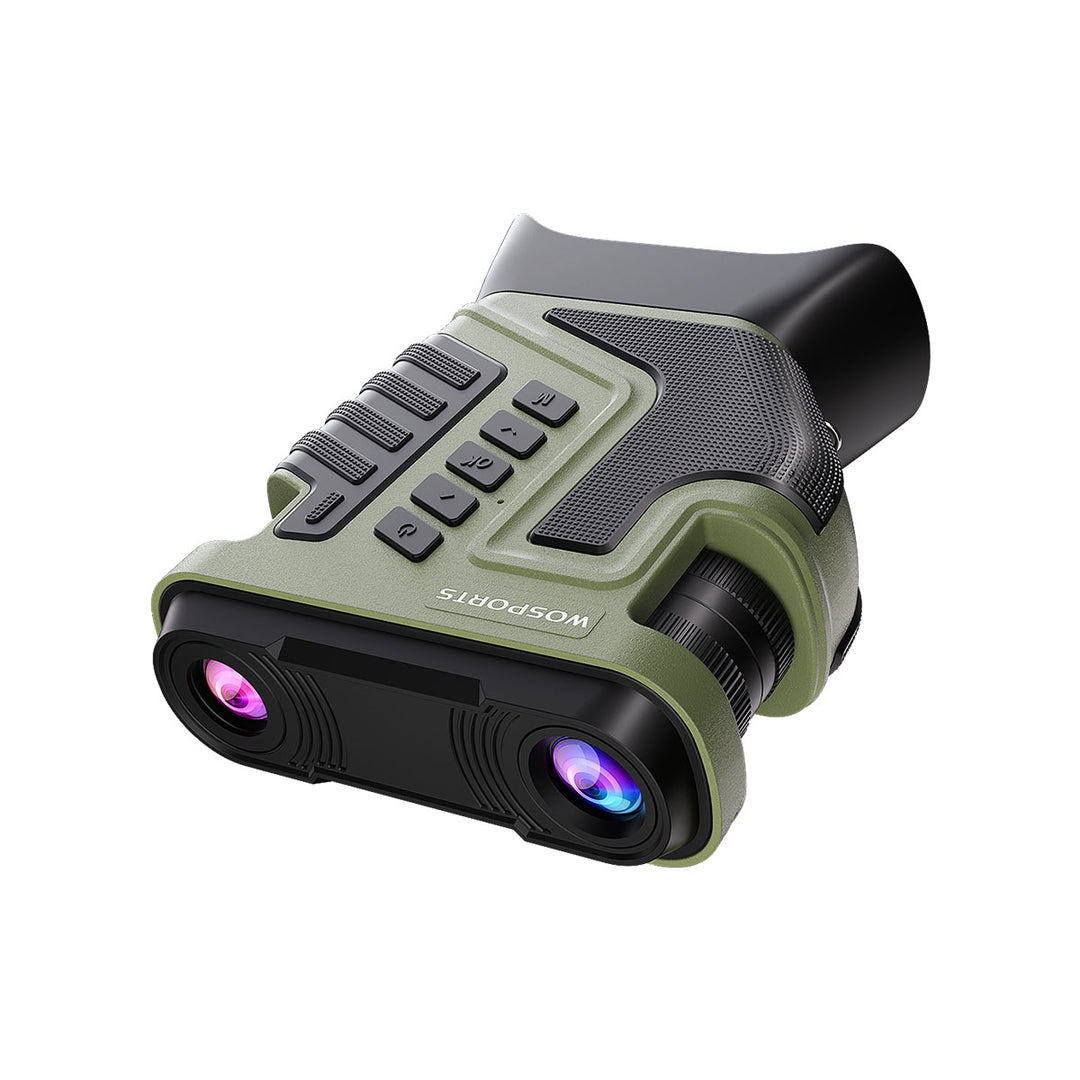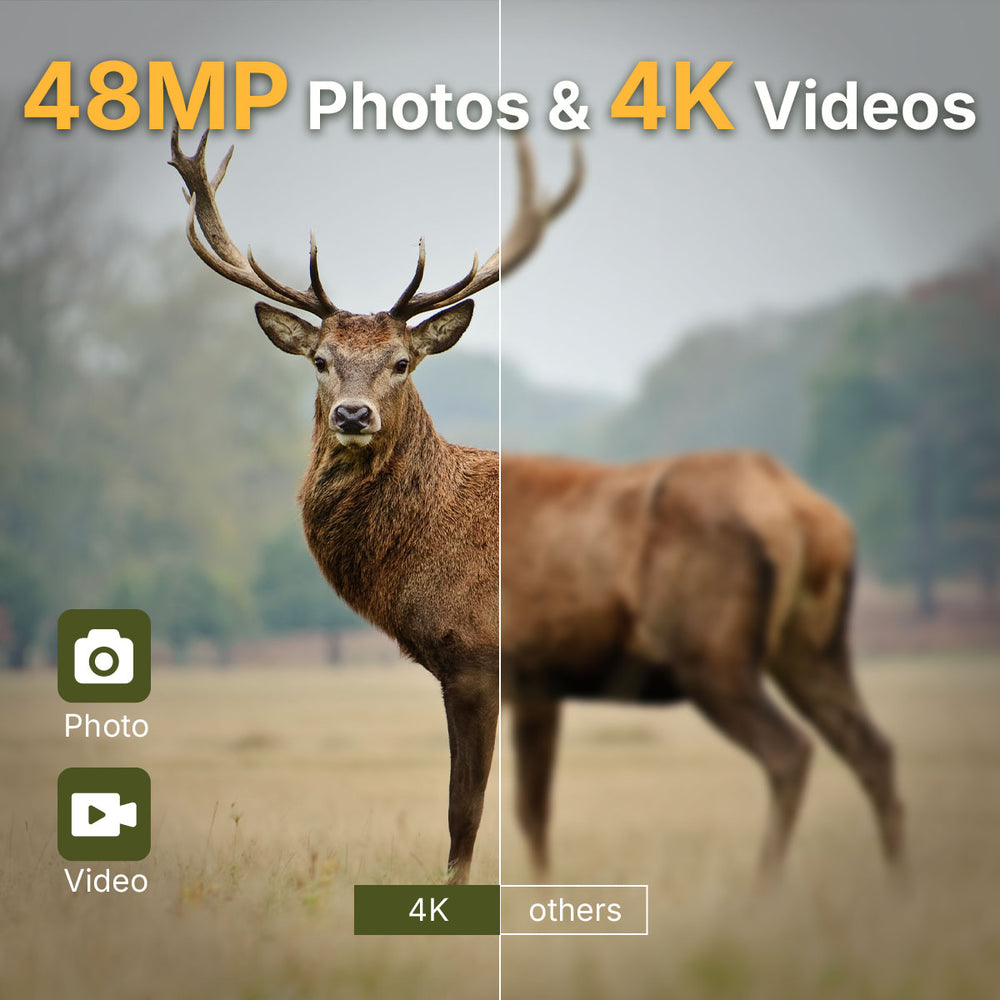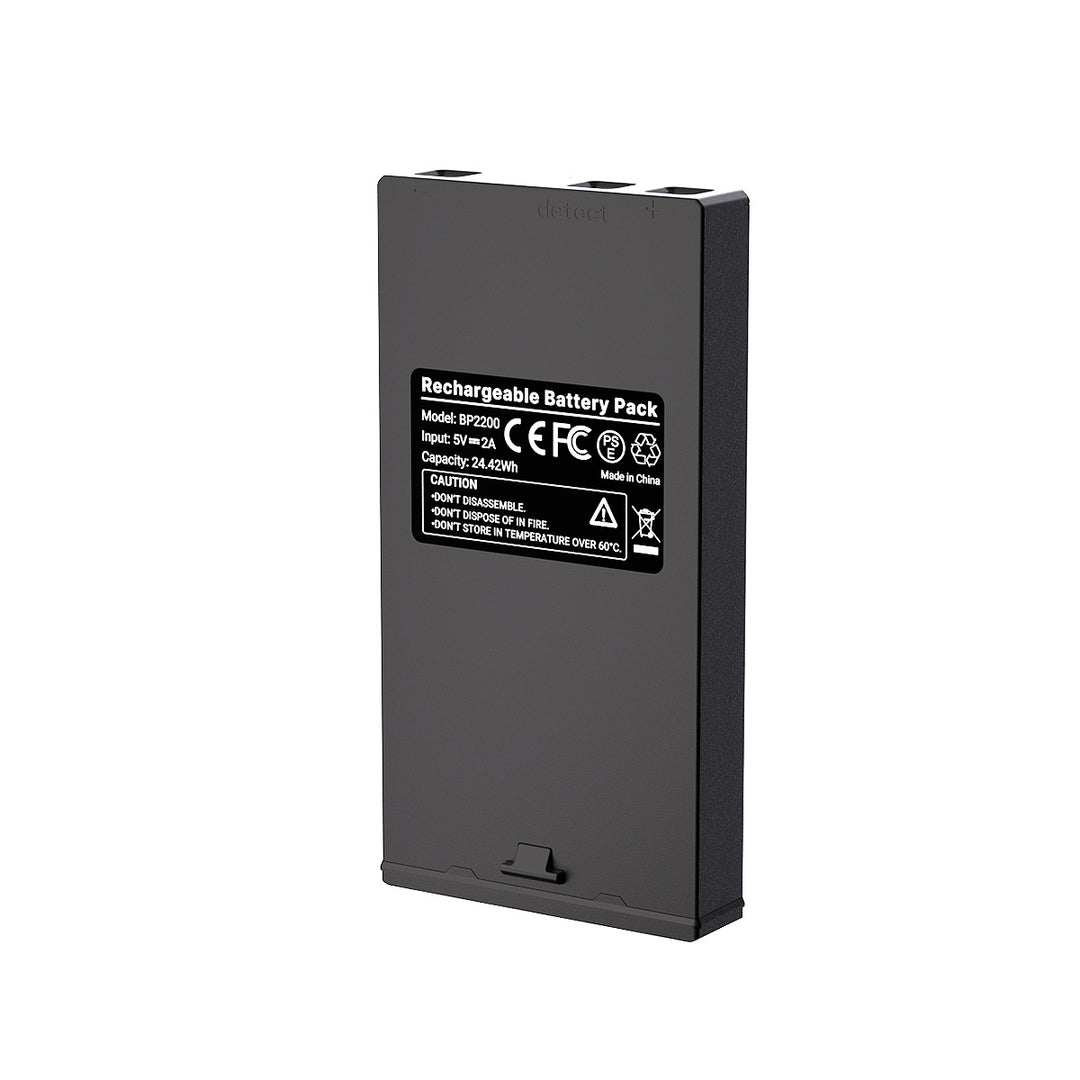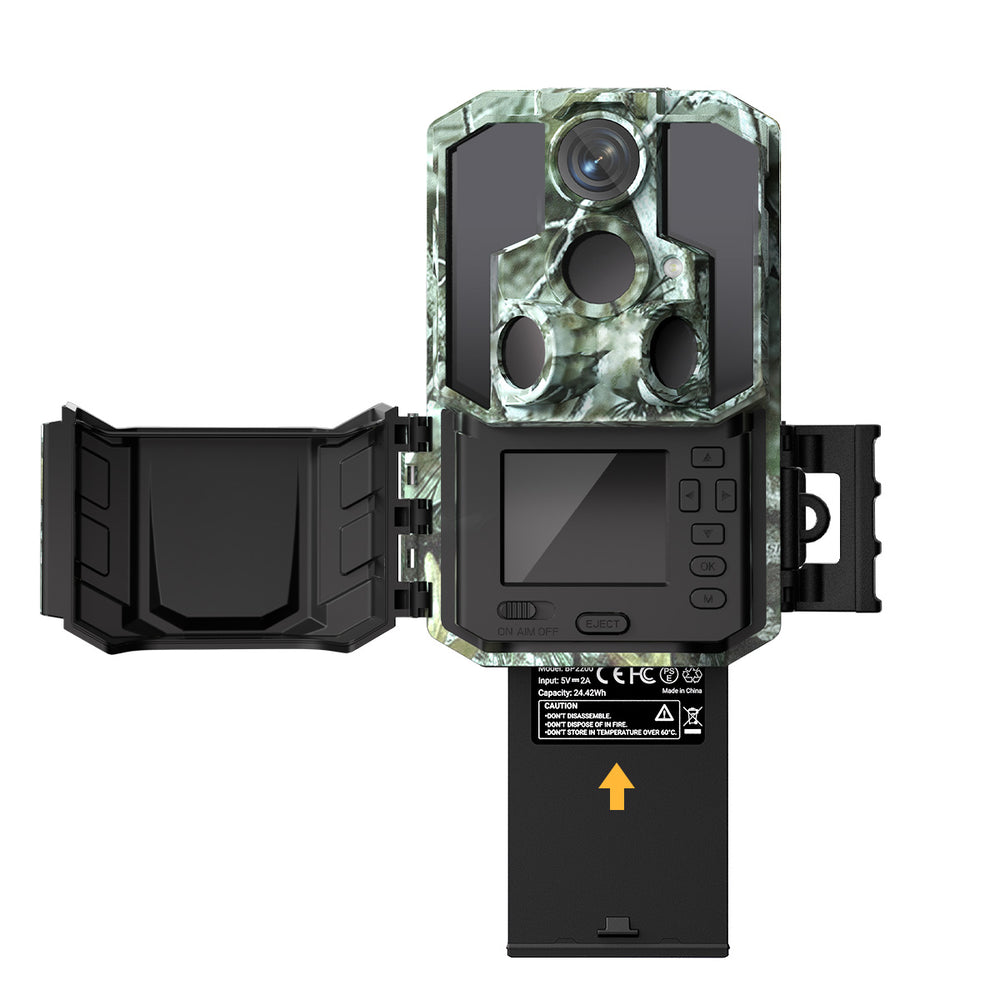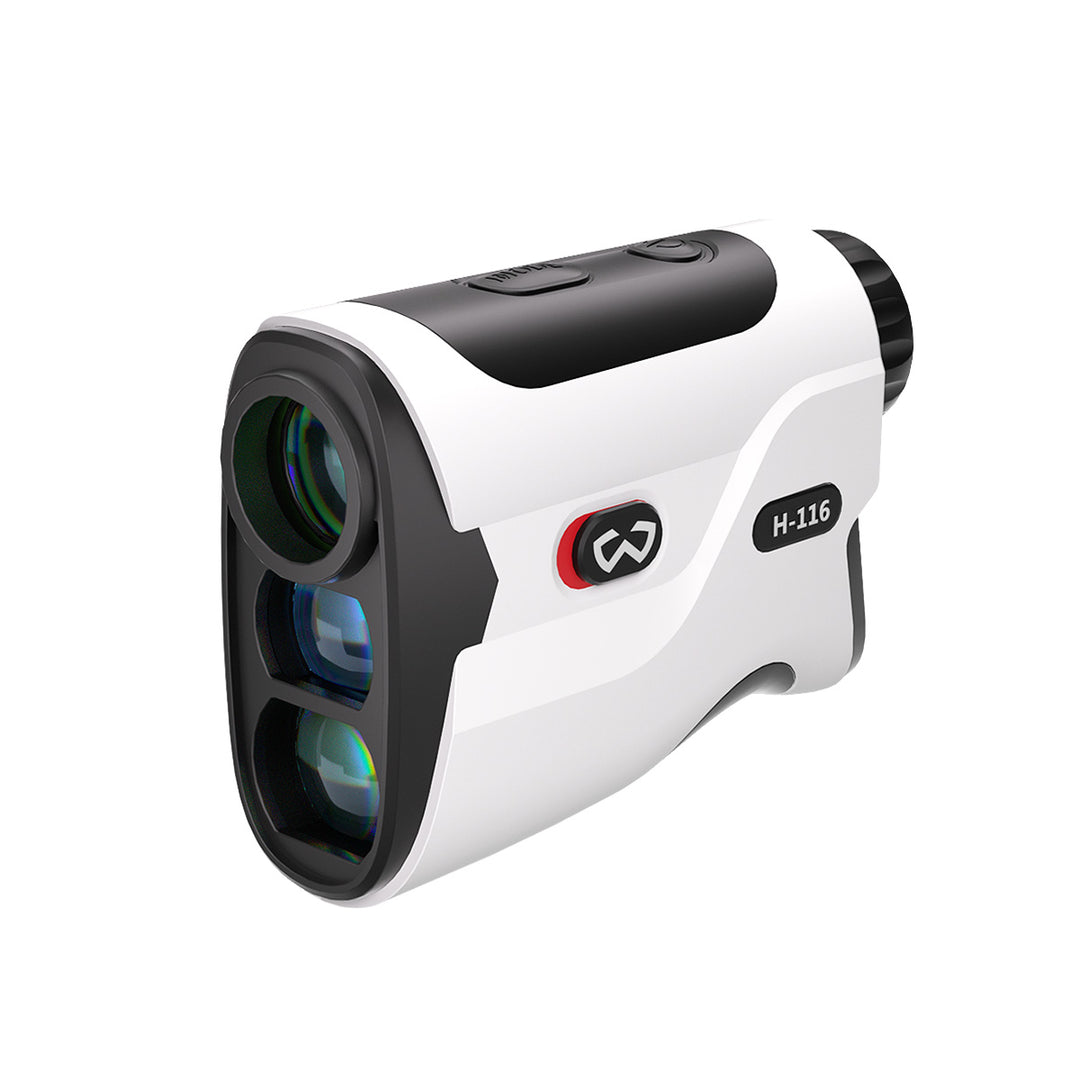Guide on Using and Setting Up Trail Camera- How to Activate a Hunting Camera?
Understand the use of trail camera:
When we talk about launching a cell phone connection, new wireless trail camera customers are frequently perplexed. For many of us, the approach of activating a SIM card and selecting Wi-Fi is just another headache. Most prominent network operators, including Verizon, AT&T, and Sprint, provide trail camera services, and you can inquire about their programmes separately.
Trail cameras are helpful and boost your likelihood of acquiring a successful hunt — and they might give you the advantage you ought to capture animals. You can not constantly be there to monitor creatures as they roam, associate, and graze during the day. We have to use trail cameras to track these actions in order to comprehend the target. Like all other devices we use in our lives, trail cameras are susceptible to both user and technology faults.
Following is a quick guide on using the features that assist you in getting the most out of your trail camera.
Find the Right Trail Camera:
The first thing is to identify the appropriate camera. Trail cameras have a broad market, as well as some incredible items may be purchased at tremendous costs.
It is not always the situation, though. Some cameras are easy to use, take amazing photographs, and are inexpensive. Spend your time looking around for a camera that is top quality.
Preparing Your Trail Camera:
Planning is almost everything. If you do not want to be dissatisfied when you get home, go completely prepared. You may miss many tiny nuances, leading to poor performances. You will have a terrific time if you examine and verify everything.
Power:
Charge and supply power to your camera. If your camera has already been lying inside a package for a while or is totally new, examine your camera thoroughly and replace its batteries. Power it on at home and set all of the configurations to your liking. These include the time and date, your recording style and sensor intensity. It is a simple step to prevent obtaining recordings of a limb swaying in the faraway if you do it ahead of time.
Guide on using and setting up trail camera- How to activate a hunting camera?
Do you want to replace your old trail camera with a new wireless trail camera? Acquiring new technologies may be an intense process. So, the prospect can be intimidating. Sim cards, commercial communication, wireless broadband setup, picture downloads, and application installation to monitor each function are complex.
Trail cameras have come a long way, and they now come in a variety of configurations and features, some of which are jammed into just one trail camera! A trail camera currently has a variety of functionalities. What does it all mean, and how should these various combinations be used? We'll look at a few of the features and how they work.
Activation:
To activate your camera, browse the website of the trail camera that you have purchased and provide your SIM card information and the mobile number to which you want the photographs delivered. After completing the instalment selections, your camera will be live and available to use.
SIM Cards In Your Trail Camera:
The modern camera industry uses the Global standard for mobile trail cameras (GSM). GSM devices ask you to insert the sim card. It helps to send the signal from your camera to the SIM card.
A SIM card is a slight digital chip. SIM card is plugged into your camera and stores information such as user identification, stored data, and geolocation. It allows the use of cellular management infrastructure. Trail cameras have already installed SIM cards, but you must activate them with your mobile operator before using them.
Configure the Settings:
After you've inserted the correct SD card and SIM, it's crucial to reassess your trail camera's configurations. Almost cameras have 3 primary settings shown on the LCD panel.
-
Burst Mode
-
Video Mode
-
Time-Lapse Mode
It is the option that will take explosions of still images. It implies that instead of taking one photo at a point, you can take multiple pictures in one go. Video mode does what it says on the tin. You'll be able to select your preferred quality. Usually, you'll want to use the lower quality level to save storage. Lastly, there's a time-lapse feature that's simple to set up. It ensures your camera would only turn on when you command it. This might be sometimes between sunrise and sunset or whenever you believe ideal. The number of incidents the camera is activated is then specified.
Uploading Photos from Your Trail Camera:
When your trail camera captures a photograph, it will email you a preview of the image. That preview is not a replete photograph and downloading the actual picture will usually cost you more cash. The previews are basically a sample of what goes on at your camera position.
Trail cameras operate in the same way that systematic cameras do. Each photograph shot is preserved on the Memory card, so if the additional expense of syncing a full quality photo doesn't seem required at that time, you can still acquire the picture when you recover the Memory card afterwards.
Trail Camera Specific Apps:
All trail camera companies have developed apps to make photograph recovery more straightforward. The applications are available for installation for free on the Apple App Store and Google Play. Not only can you handle receiving photographs and videos with the applications, but you can also manually configure, monitor battery usage, and even erase the SD card if you want to.
Conclusion:
You have one task after setting up and activating your camera. Allow it to do its work and keep an eye on it occasionally. You'll be able to witness what's happening in the region after it's all installed.
Search
Popular Posts
Recent Posts

Nov 28, 2024
Troubleshooting Common Trail Camera Issues
Jan 10, 2025
Why Does My Trail Camera Stop Working at Night?

































